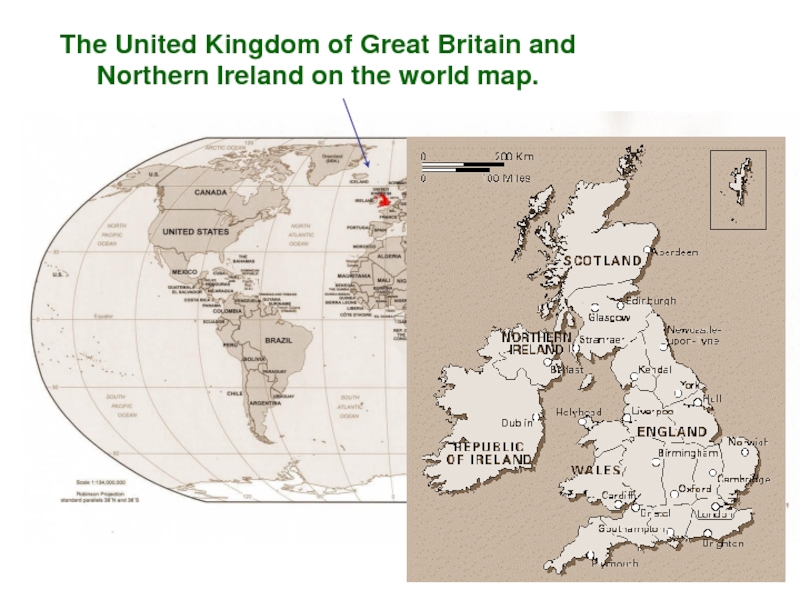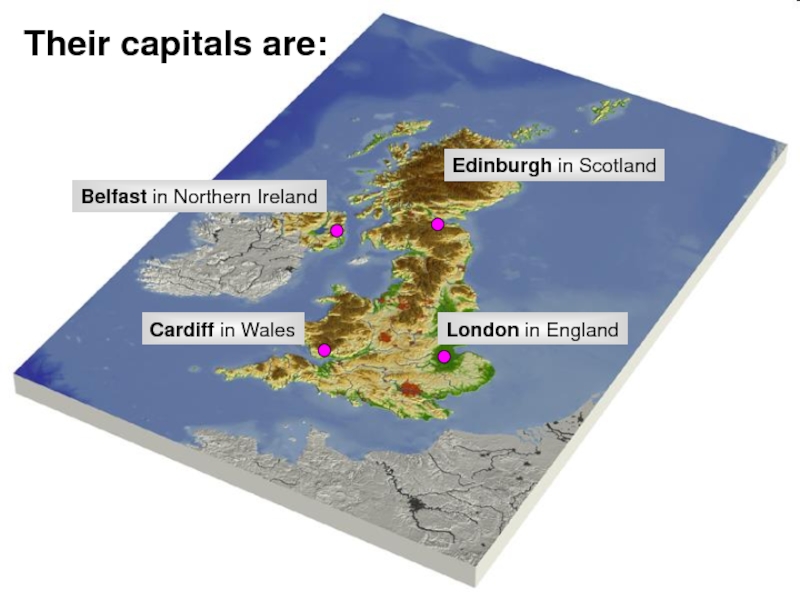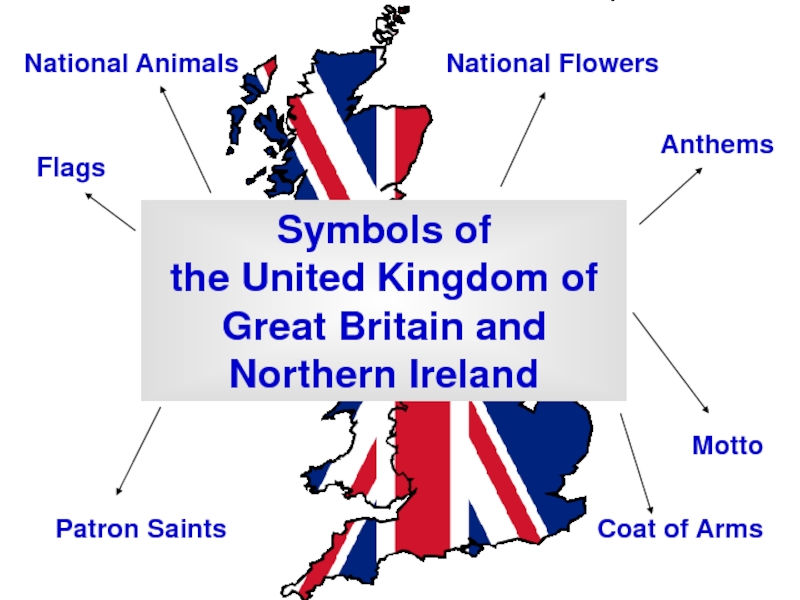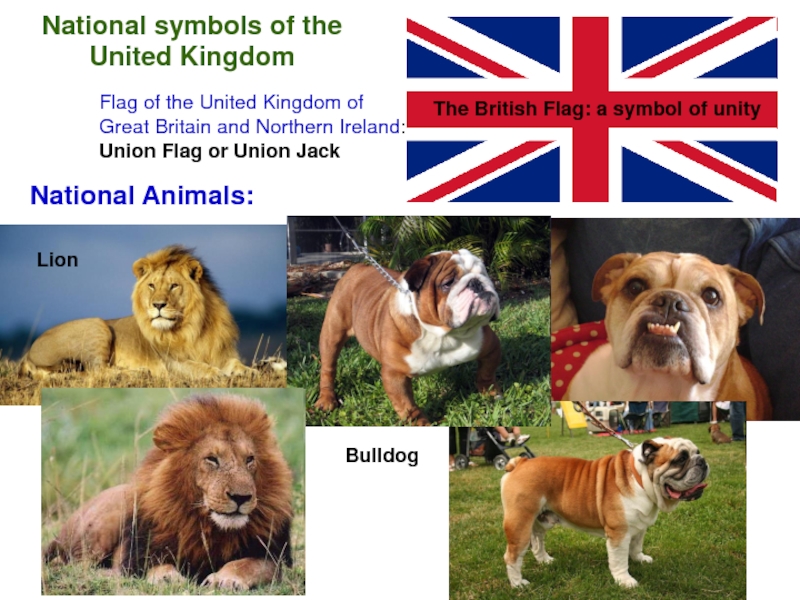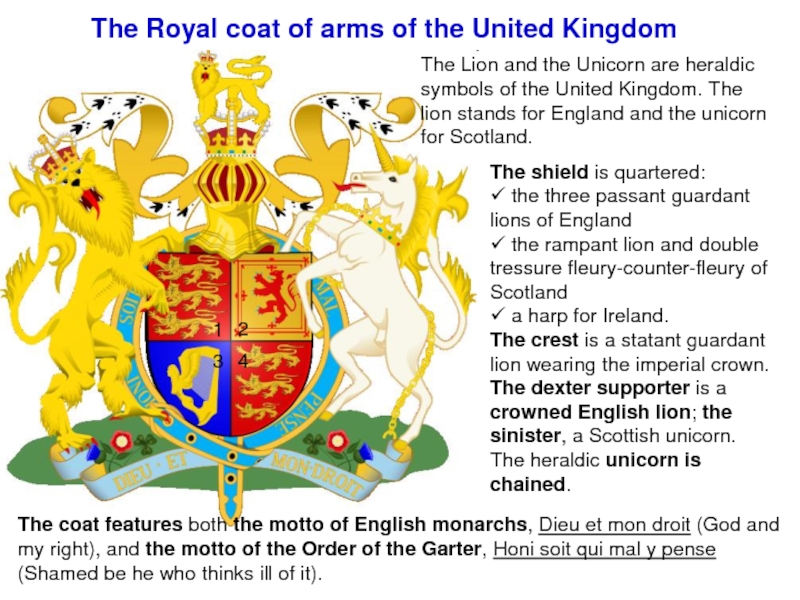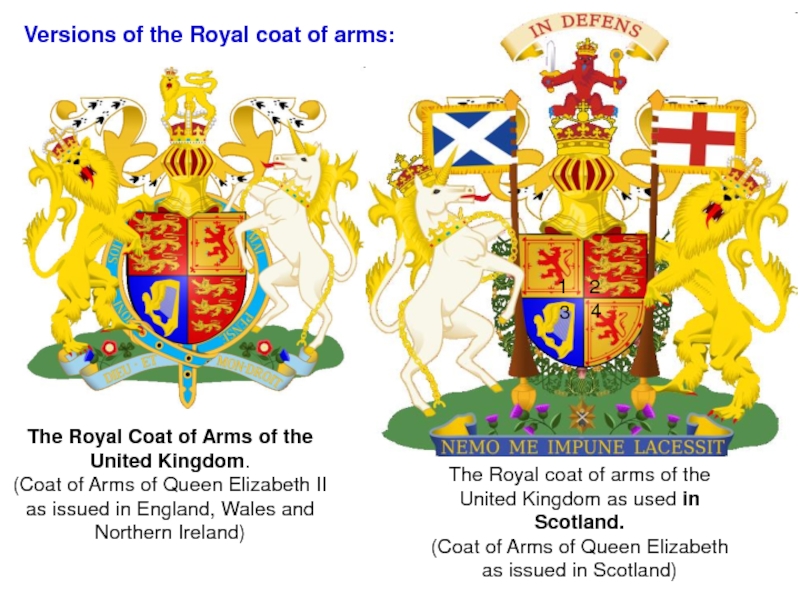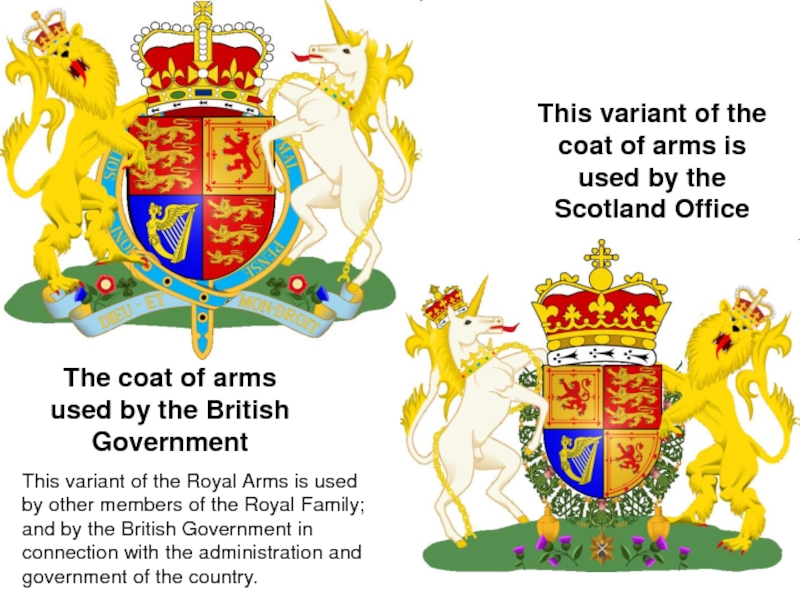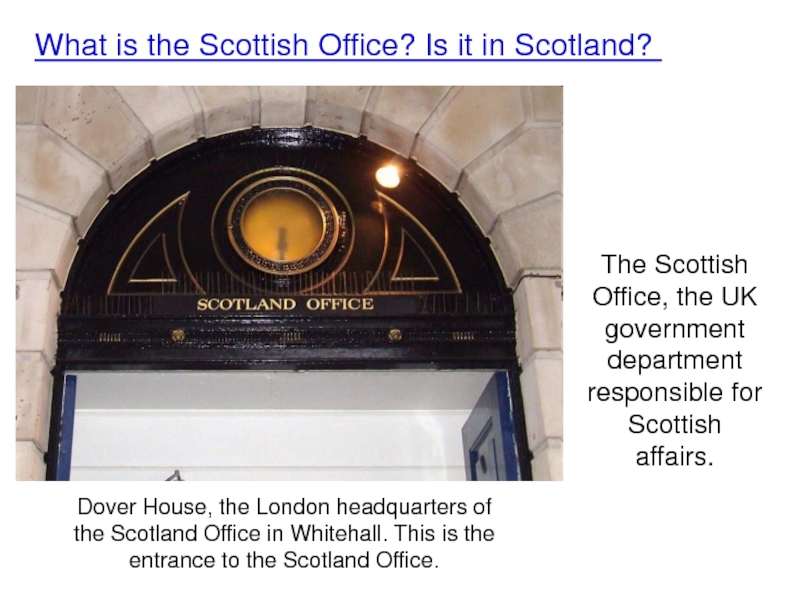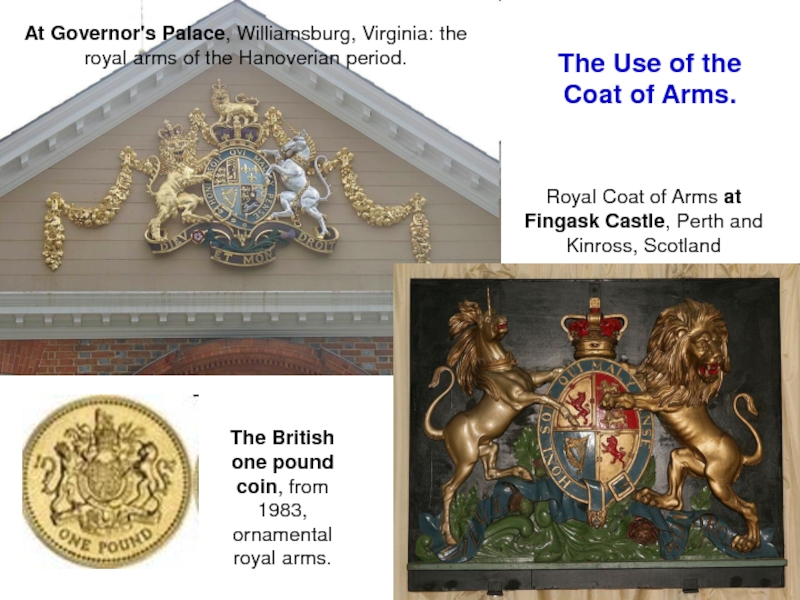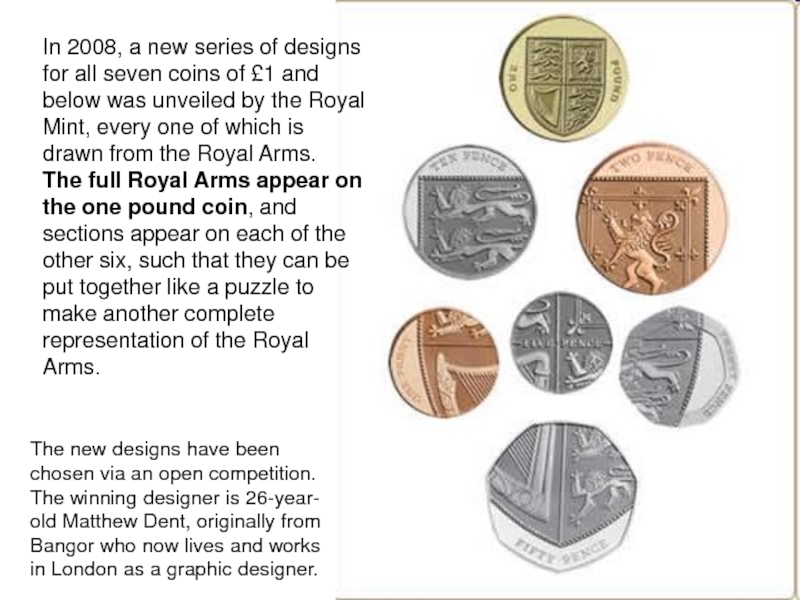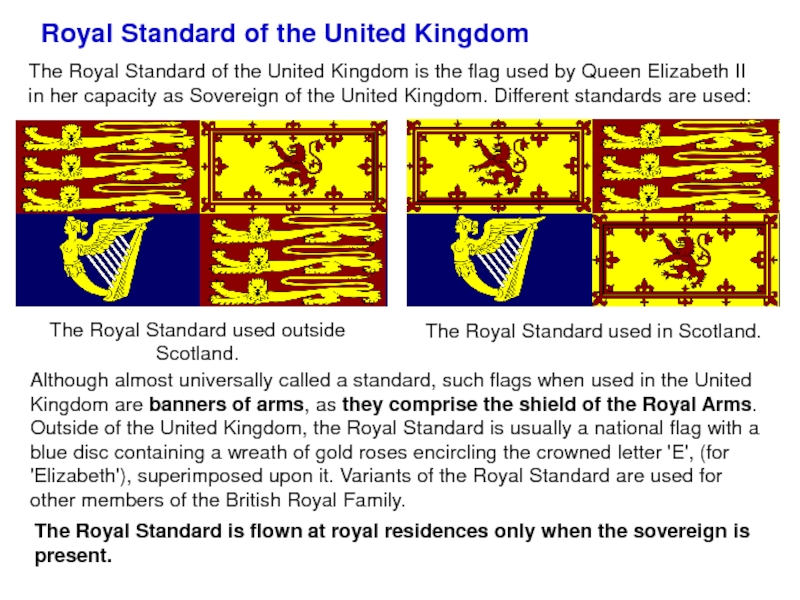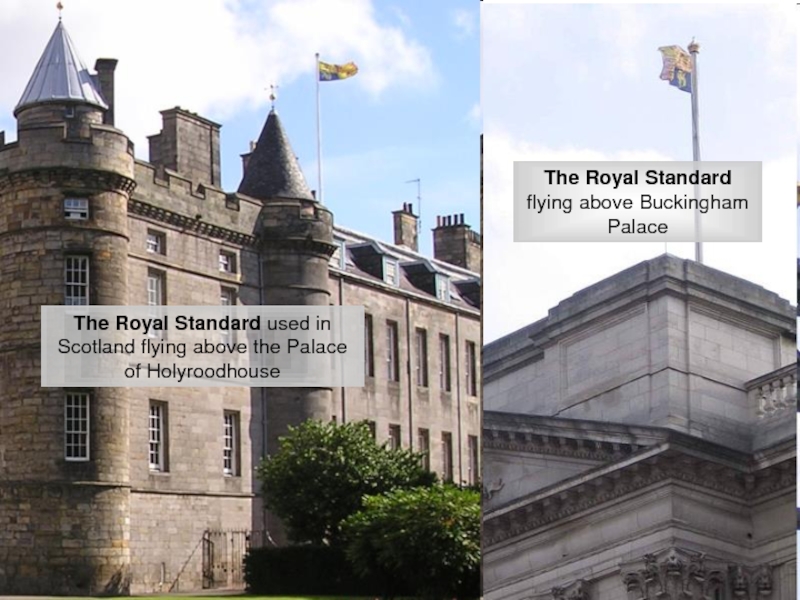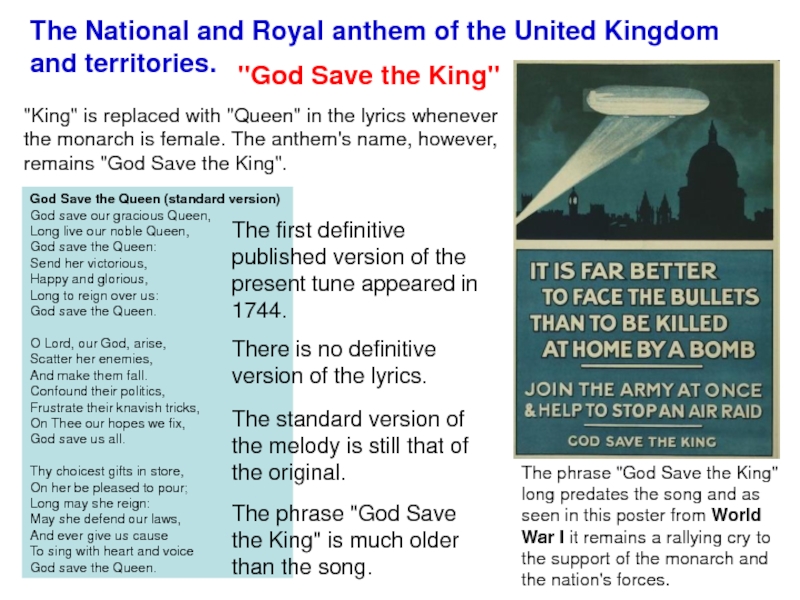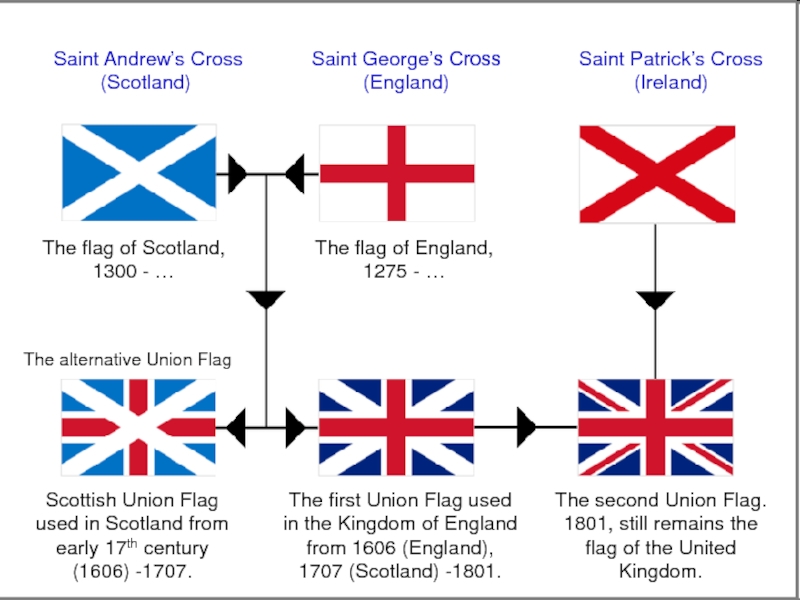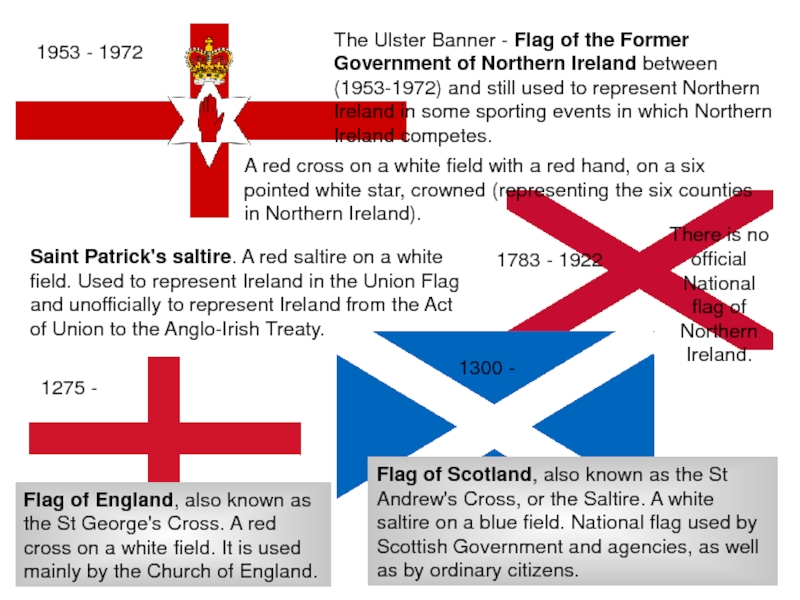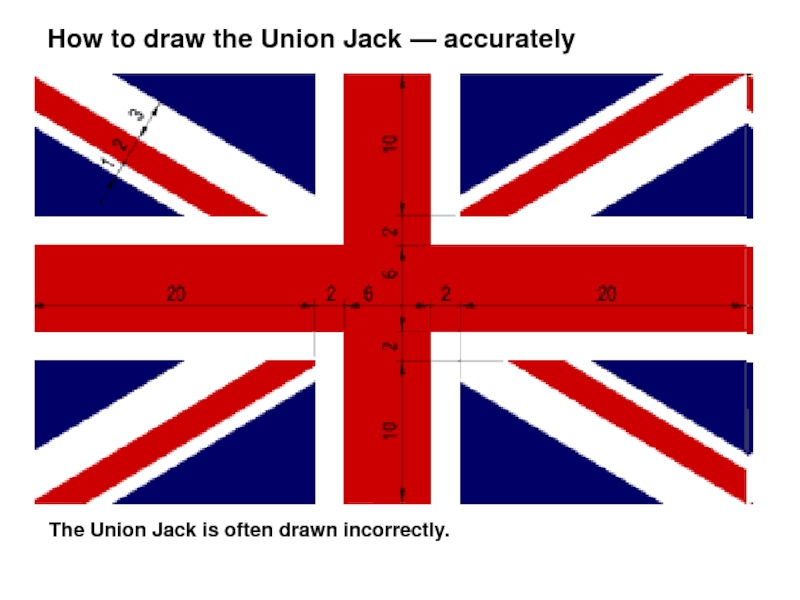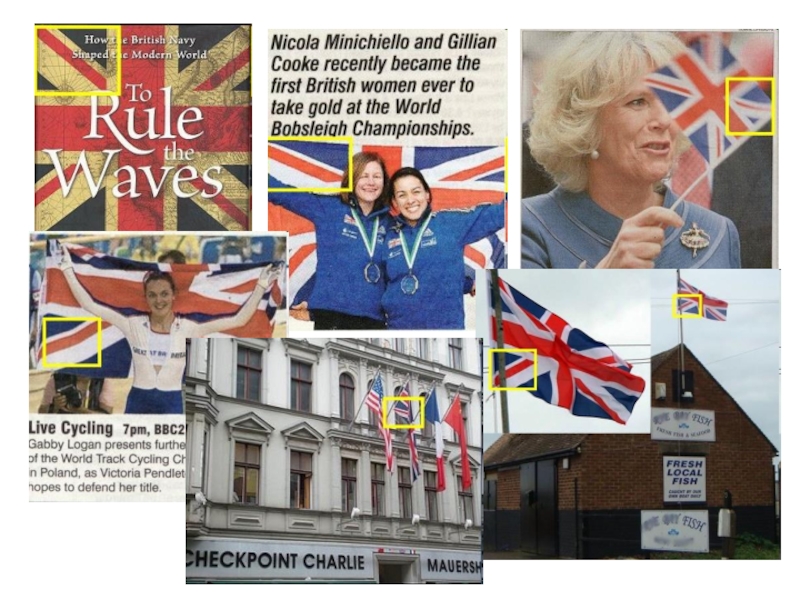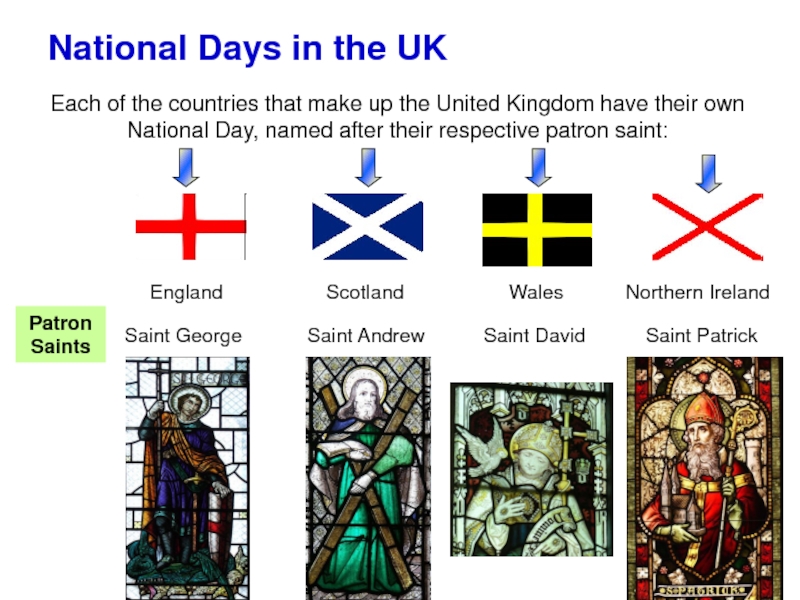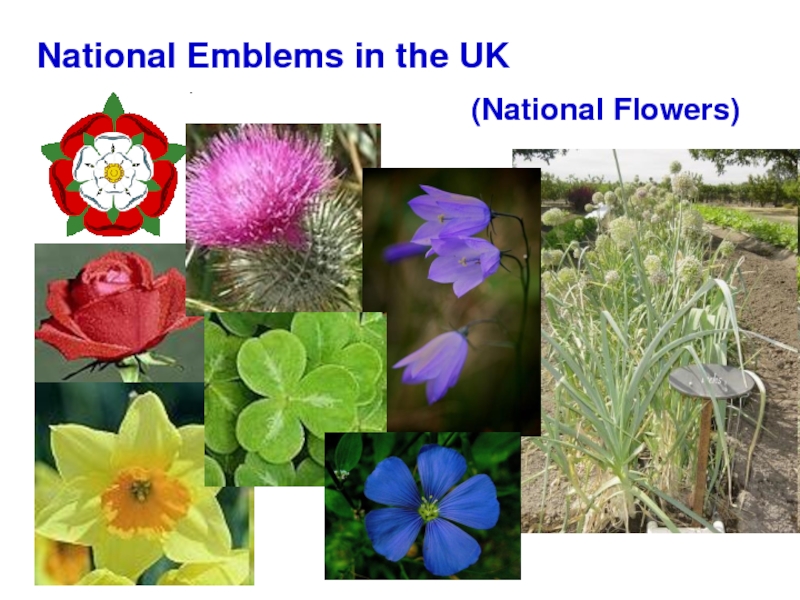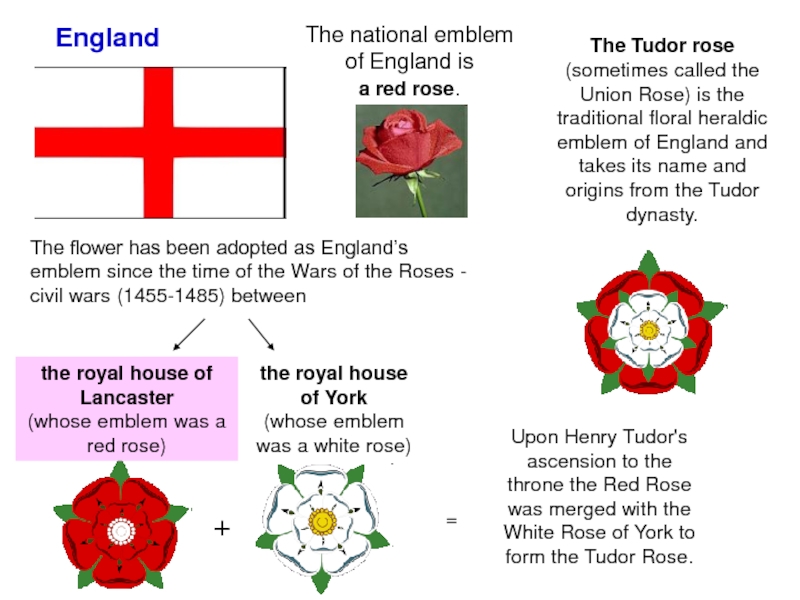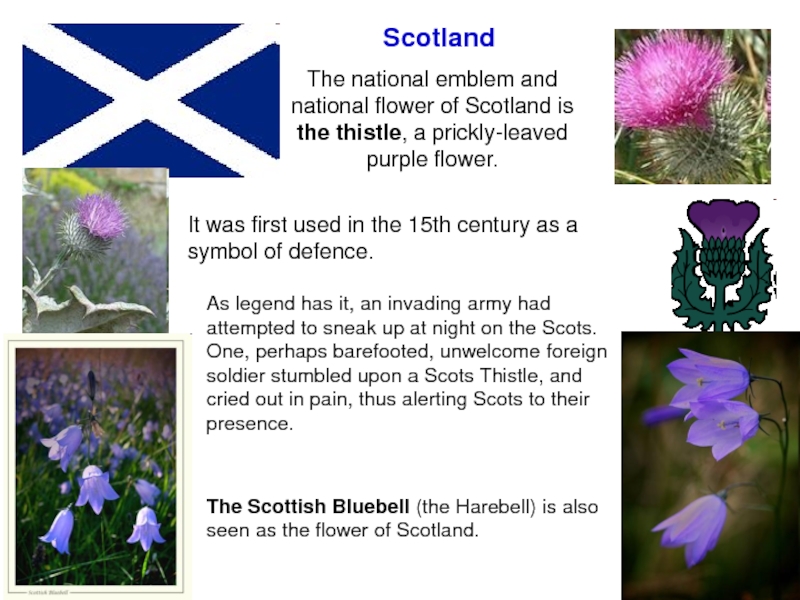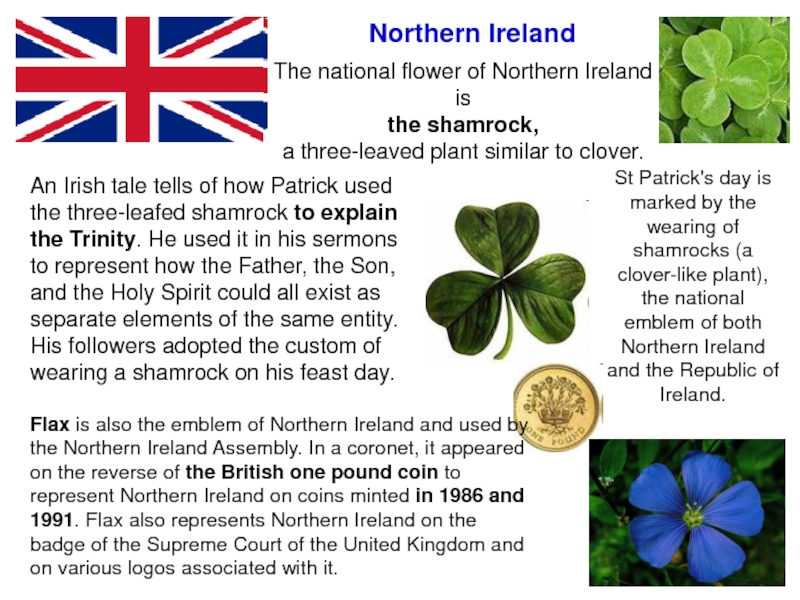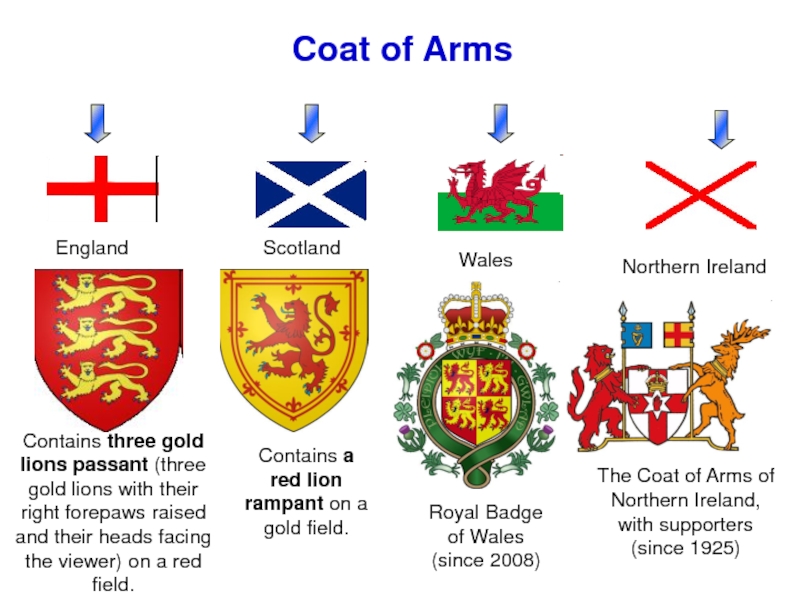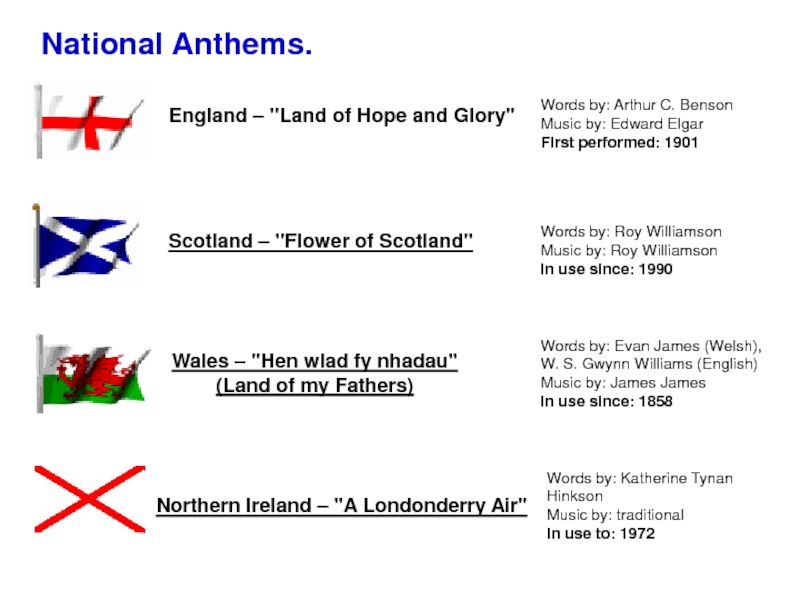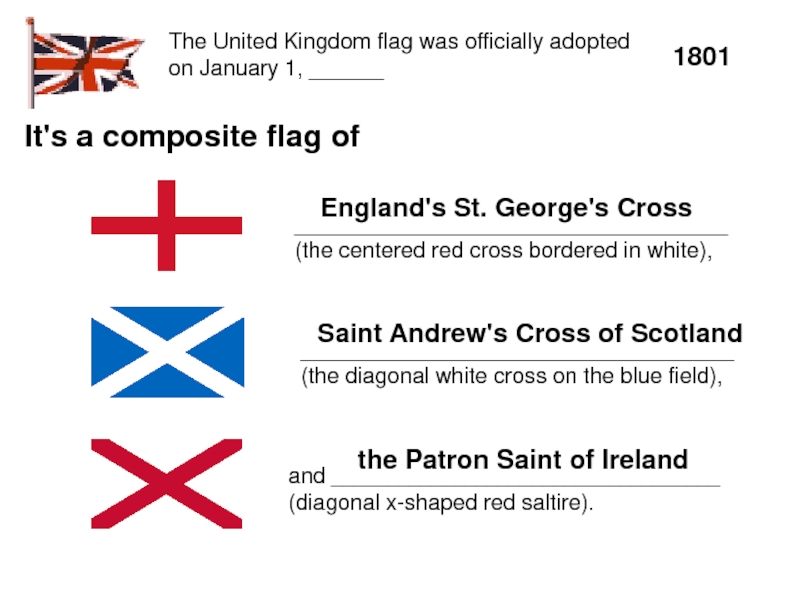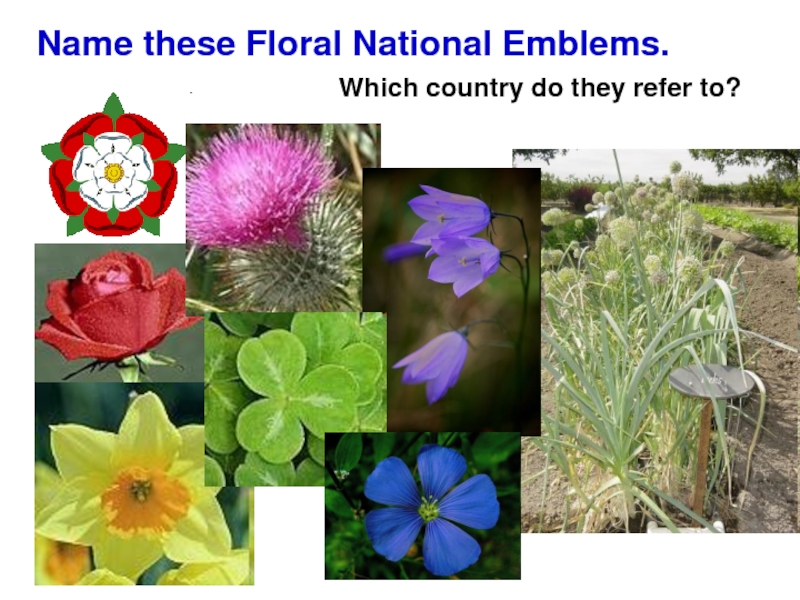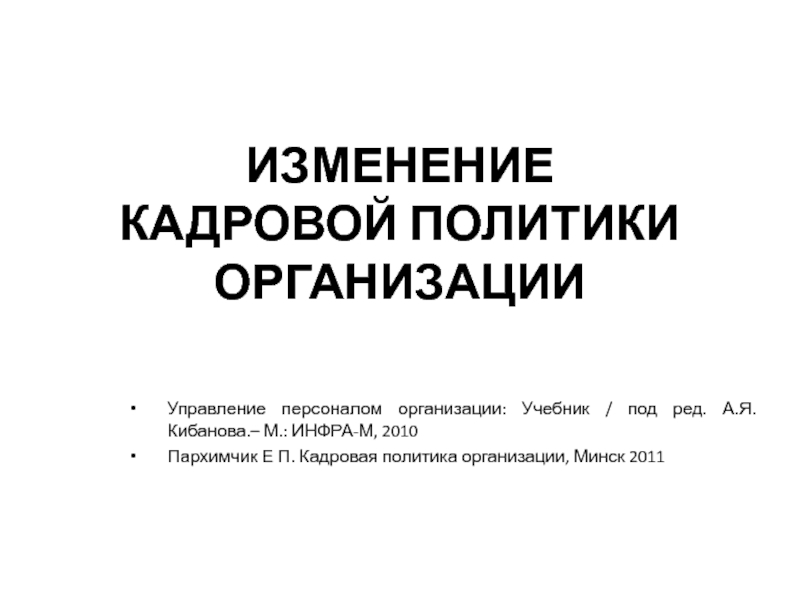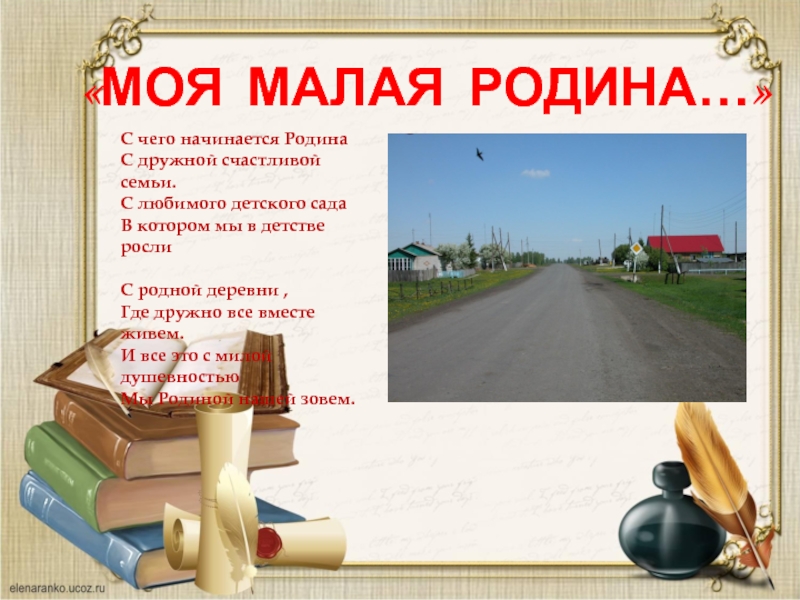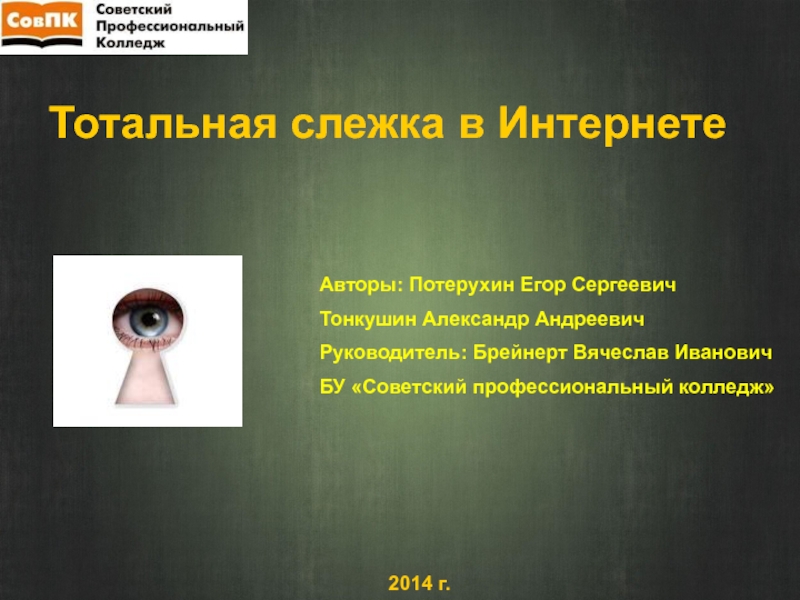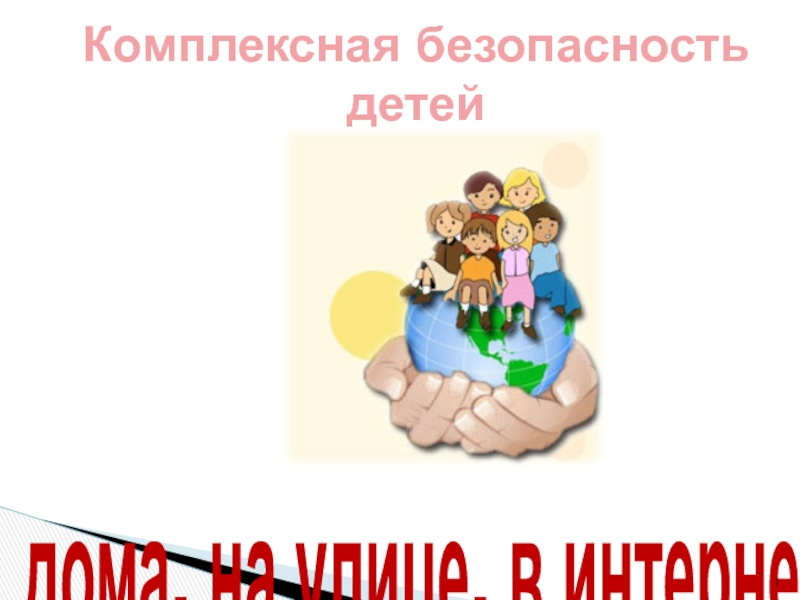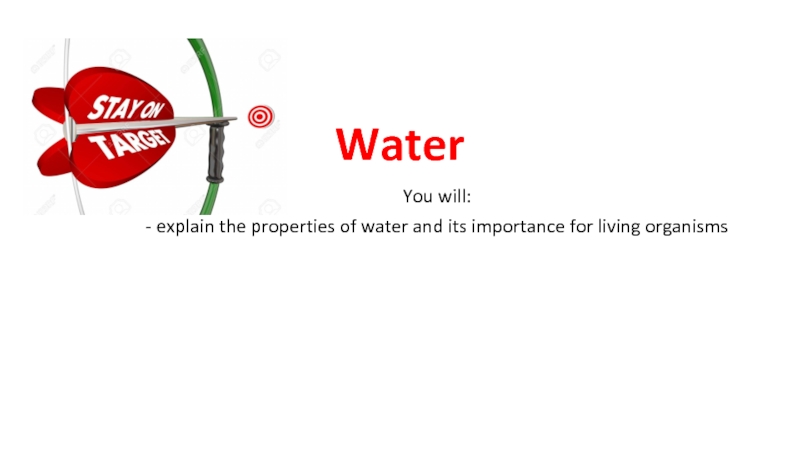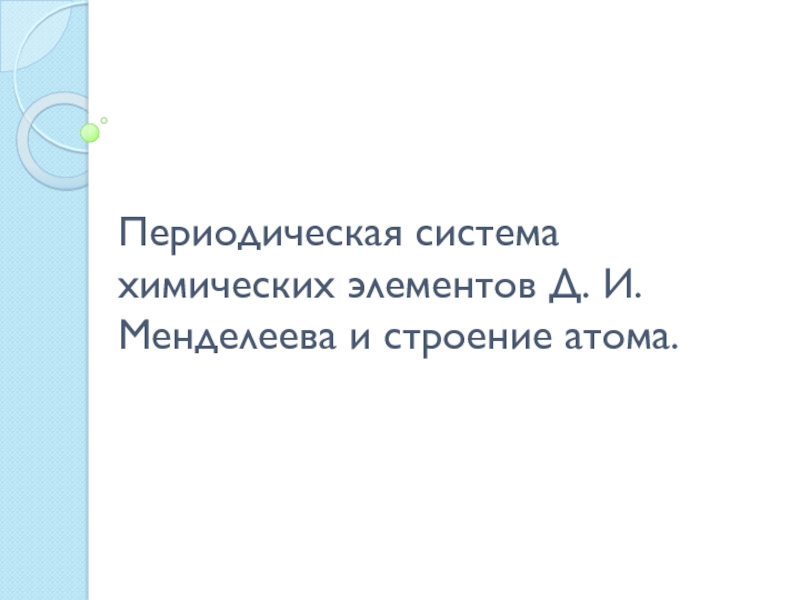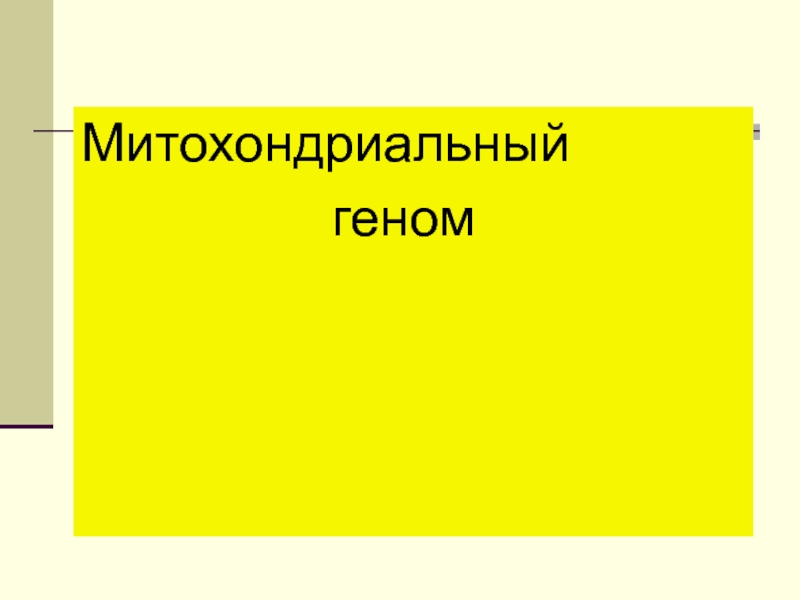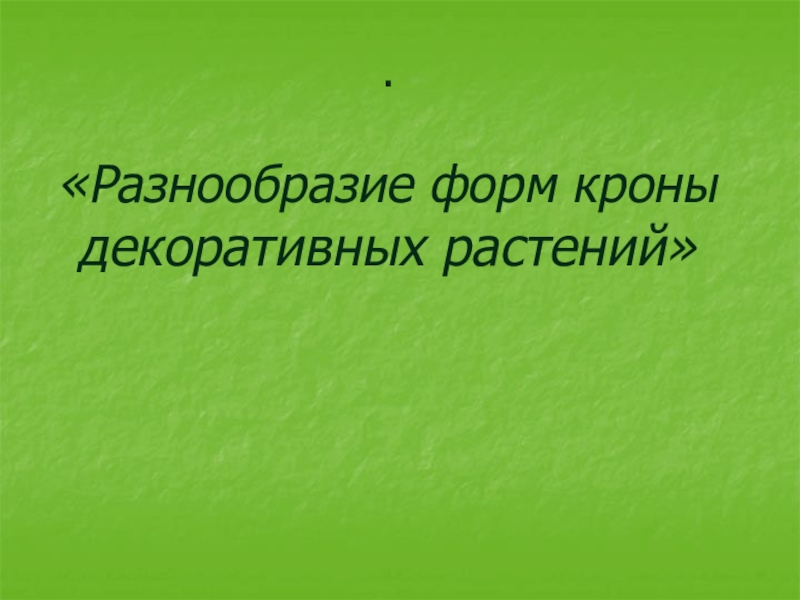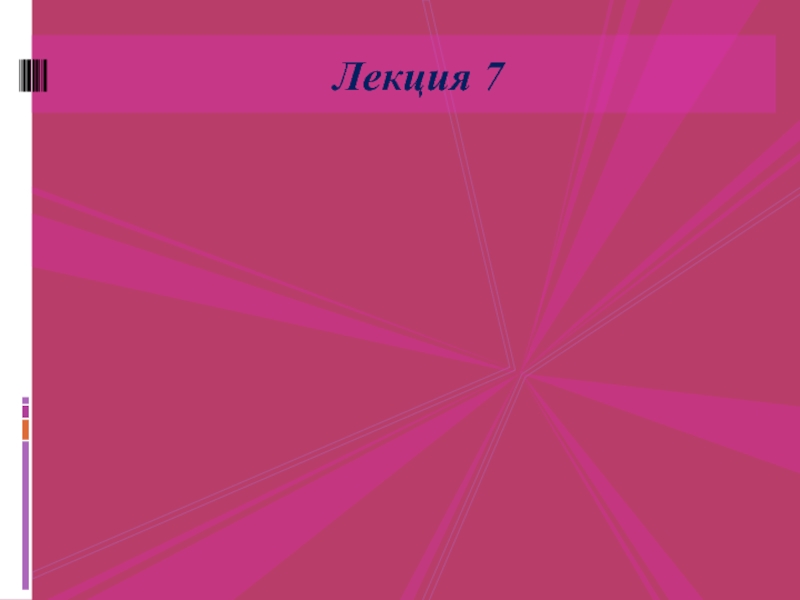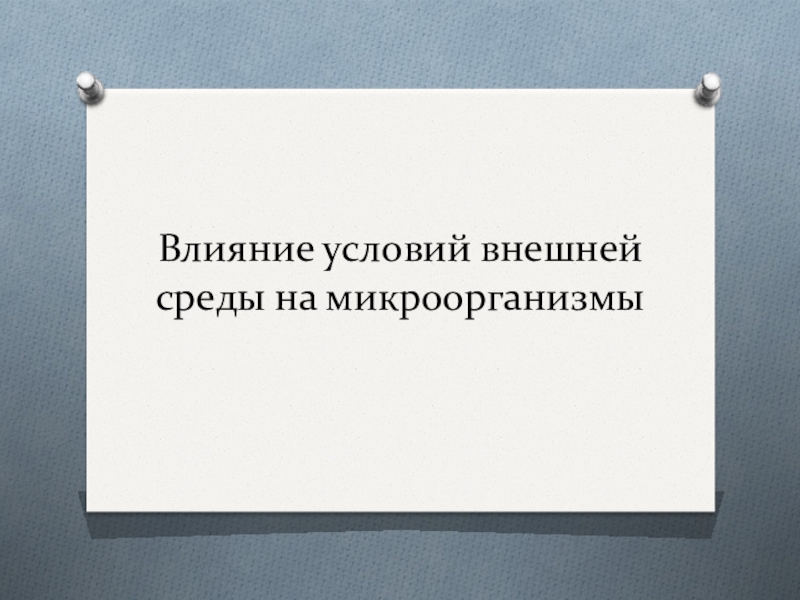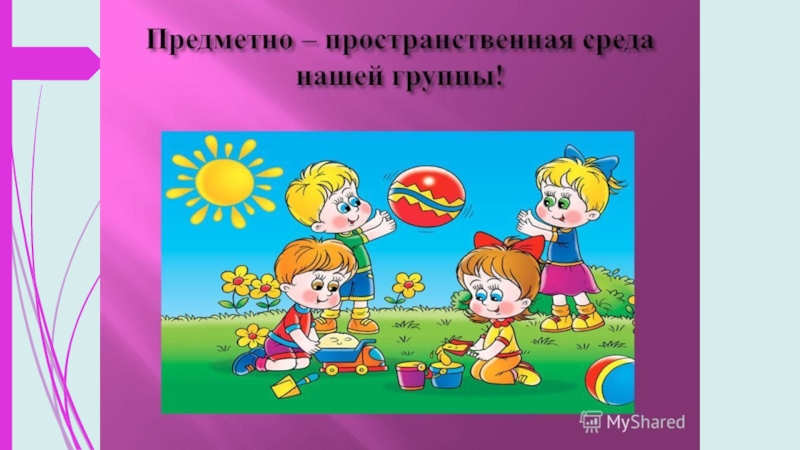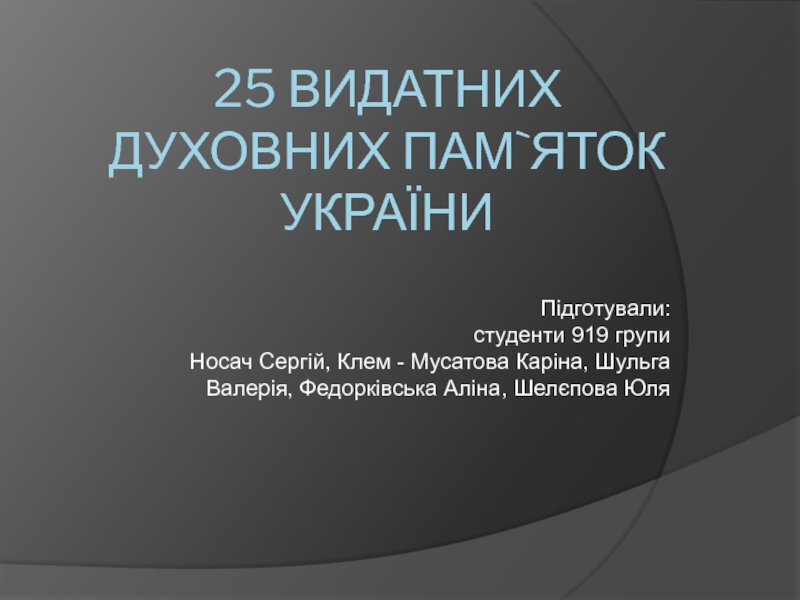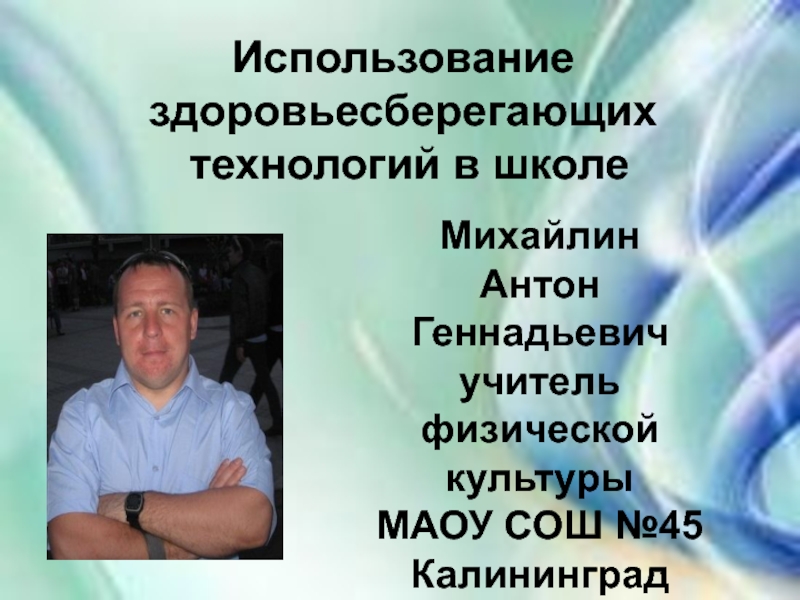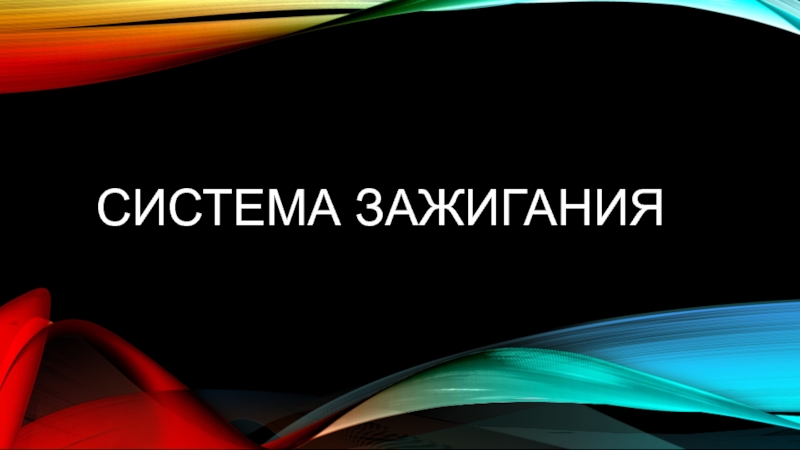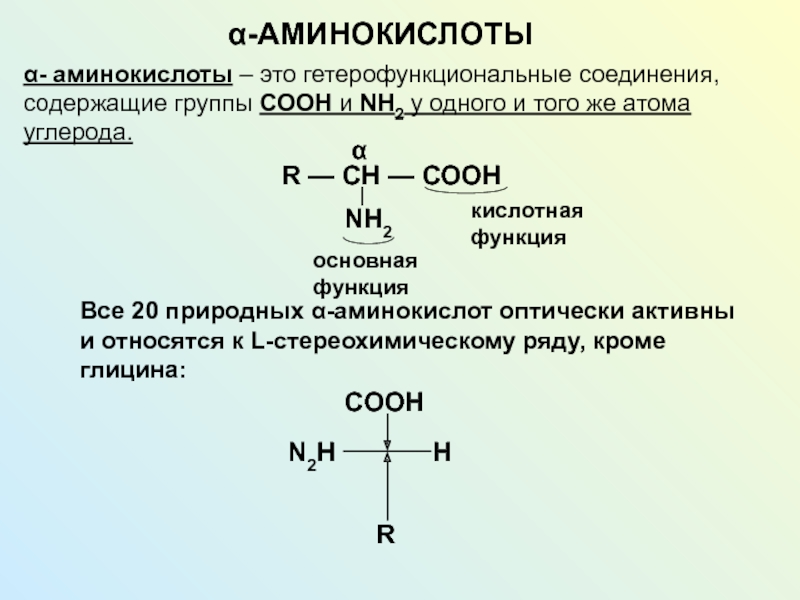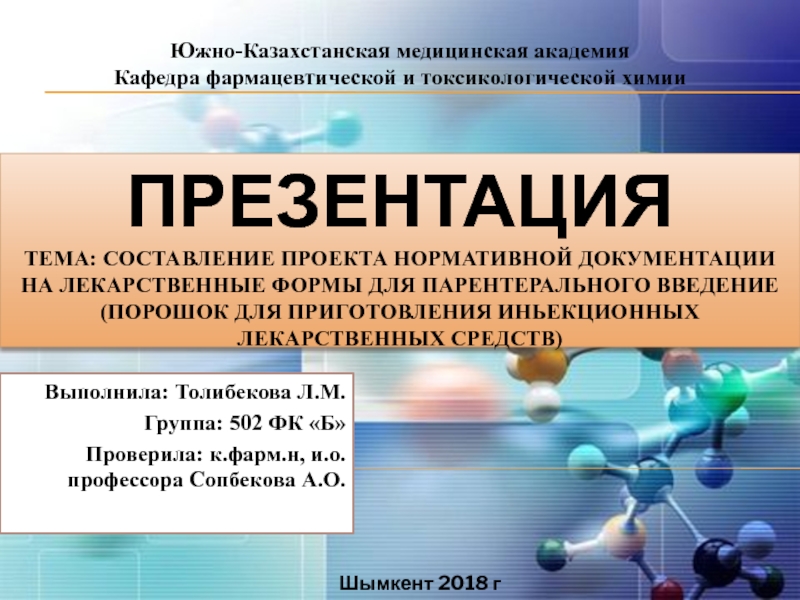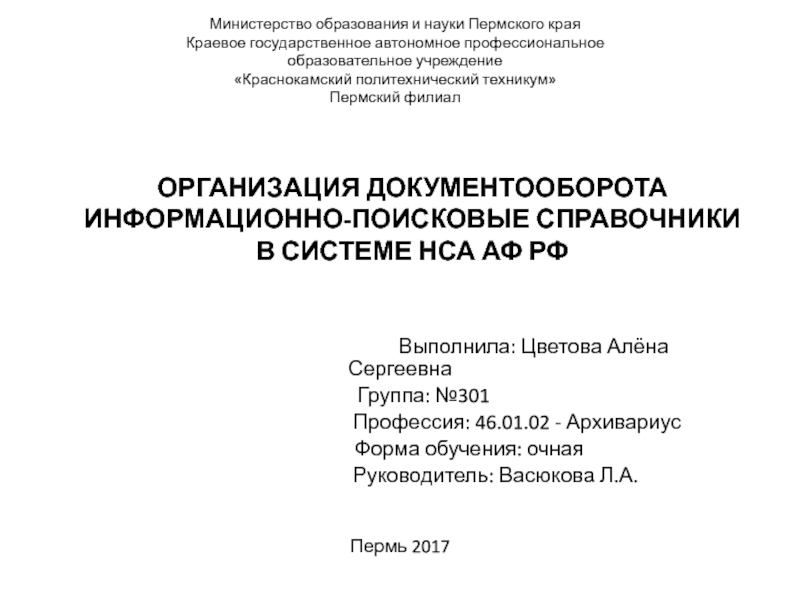Разделы презентаций
- Разное
- Английский язык
- Астрономия
- Алгебра
- Биология
- География
- Геометрия
- Детские презентации
- Информатика
- История
- Литература
- Математика
- Медицина
- Менеджмент
- Музыка
- МХК
- Немецкий язык
- ОБЖ
- Обществознание
- Окружающий мир
- Педагогика
- Русский язык
- Технология
- Физика
- Философия
- Химия
- Шаблоны, картинки для презентаций
- Экология
- Экономика
- Юриспруденция
The United Kingdom of Great Britain and Northern Ireland on the world map
Содержание
- 1. The United Kingdom of Great Britain and Northern Ireland on the world map
- 2. The four countries of the United Kingdom.
- 3. Belfast in Northern IrelandTheir capitals are:Cardiff in WalesEdinburgh in ScotlandLondon in England
- 4. Symbols ofthe United Kingdom of Great Britain
- 5. National symbols of the United KingdomNational Animals:BulldogLionFlag
- 6. The Royal coat of arms of the
- 7. The Royal coat of arms of the
- 8. The coat of arms used by the
- 9. Dover House, the London headquarters of the
- 10. At Governor's Palace, Williamsburg, Virginia: the royal
- 11. In 2008, a new series of designs
- 12. Royal Standard of the United KingdomThe Royal
- 13. The Royal Standard used in Scotland flying
- 14. The motto of the British Monarch.Dieu et
- 15. "King" is replaced with "Queen" in the
- 16. The Union Flag, popularly known as the
- 17. Saint Patrick’s Cross (Ireland)Saint George’s Cross(England) Saint
- 18. 1953 - 1972The Ulster Banner - Flag
- 19. How to draw the Union Jack — accuratelyThe Union Jack is often drawn incorrectly.
- 20. Correct way to fly the flag, assuming
- 21. Correct WayWrong wayThe UK flag is
- 22. the Union flag upside down on Channel 4 televisionThe Union Flag flying upside down
- 23. Слайд 23
- 24. 1959 -The Flag of Wales,also known as
- 25. National Days in the UKEach of the
- 26. National Days in the UKEach of the
- 27. National Emblems in the UK(National Flowers)
- 28. The national emblem of England isa red
- 29. The Scottish Bluebell (the Harebell) is also
- 30. The national emblems of Wales aredaffodils and
- 31. The national flower of Northern Ireland isthe
- 32. WalesNorthern IrelandScotlandNational Animals---EnglandThe Red Dragon is the
- 33. WalesNorthern IrelandScotlandCoat of ArmsEnglandThe Coat of Arms
- 34. The Motto.Dieu et mon droit (French) –
- 35. National Anthems.England – "Land of Hope and
- 36. The United Kingdom flag was officially adoptedon
- 37. Name these Floral National Emblems.Which country do they refer to?
- 38. Скачать презентанцию
Слайды и текст этой презентации
Слайд 3Belfast in Northern Ireland
Their capitals are:
Cardiff in Wales
Edinburgh in Scotland
London
in England
Слайд 4Symbols of
the United Kingdom of Great Britain and Northern Ireland
Motto
Coat of Arms
Flags
National Animals
National Flowers
Patron Saints
Anthems
Слайд 5National symbols of the United Kingdom
National Animals:
Bulldog
Lion
Flag of the United
Kingdom of Great Britain and Northern Ireland:
Union Flag or Union
JackThe British Flag: a symbol of unity
Слайд 6The Royal coat of arms of the United Kingdom
The Lion
and the Unicorn are heraldic symbols of the United Kingdom.
The lion stands for England and the unicorn for Scotland.The shield is quartered:
the three passant guardant lions of England
the rampant lion and double tressure fleury-counter-fleury of Scotland
a harp for Ireland.
The crest is a statant guardant lion wearing the imperial crown.
The dexter supporter is a crowned English lion; the sinister, a Scottish unicorn. The heraldic unicorn is chained.
The coat features both the motto of English monarchs, Dieu et mon droit (God and my right), and the motto of the Order of the Garter, Honi soit qui mal y pense (Shamed be he who thinks ill of it).
1
2
3
4
Слайд 7The Royal coat of arms of the United Kingdom as
used in Scotland.
(Coat of Arms of Queen Elizabeth as issued
in Scotland)The Royal Coat of Arms of the United Kingdom.
(Coat of Arms of Queen Elizabeth II as issued in England, Wales and Northern Ireland)
Versions of the Royal coat of arms:
1
2
3
4
Слайд 8The coat of arms used by the British Government
This variant
of the coat of arms is used by the Scotland
OfficeThis variant of the Royal Arms is used by other members of the Royal Family; and by the British Government in connection with the administration and government of the country.
Слайд 9Dover House, the London headquarters of the Scotland Office in
Whitehall. This is the entrance to the Scotland Office.
The Scottish
Office, the UK government department responsible for Scottish affairs.What is the Scottish Office? Is it in Scotland?
Слайд 10At Governor's Palace, Williamsburg, Virginia: the royal arms of the
Hanoverian period.
Royal Coat of Arms at Fingask Castle, Perth and
Kinross, ScotlandThe British one pound coin, from 1983, ornamental royal arms.
The Use of the Coat of Arms.
Слайд 11In 2008, a new series of designs for all seven
coins of £1 and below was unveiled by the Royal
Mint, every one of which is drawn from the Royal Arms.The full Royal Arms appear on the one pound coin, and sections appear on each of the other six, such that they can be put together like a puzzle to make another complete representation of the Royal Arms.
The new designs have been chosen via an open competition. The winning designer is 26-year-old Matthew Dent, originally from Bangor who now lives and works in London as a graphic designer.
Слайд 12Royal Standard of the United Kingdom
The Royal Standard of the
United Kingdom is the flag used by Queen Elizabeth II
in her capacity as Sovereign of the United Kingdom. Different standards are used:The Royal Standard used outside Scotland.
The Royal Standard used in Scotland.
Although almost universally called a standard, such flags when used in the United Kingdom are banners of arms, as they comprise the shield of the Royal Arms. Outside of the United Kingdom, the Royal Standard is usually a national flag with a blue disc containing a wreath of gold roses encircling the crowned letter 'E', (for 'Elizabeth'), superimposed upon it. Variants of the Royal Standard are used for other members of the British Royal Family.
The Royal Standard is flown at royal residences only when the sovereign is present.
Слайд 13The Royal Standard used in Scotland flying above the Palace
of Holyroodhouse
The Royal Standard flying above Buckingham Palace
Слайд 14The motto of the British Monarch.
Dieu et mon droit (French)
- "God and my right"
It appears on a scroll beneath
the shield of the coat of arms of the United Kingdom. The motto refers to the divine right of the Monarch to govern and is said to have first been adopted as the royal motto of England by King Henry V in the 15th century.It was first used as a password by King Richard I in 1198 at the Battle of Gisors, when he defeated the forces of Philip II of France. This implies that Richard owed his royalty to no power other than God and his own heredity, and was therefore subject to no earthly power nor other monarch. This can be taken as a direct reference to the doctrine of the Divine Right of Kings.
Henry V (1386–87 – 31 August 1422) was King of England from 1413 until his death.
Richard I (8 September 1157 – 6 April 1199) was King of England from 6 July 1189 until his death. He was known as Richard the Lionheart, because of his reputation as a great military leader and warrior.
Слайд 15"King" is replaced with "Queen" in the lyrics whenever the
monarch is female. The anthem's name, however, remains "God Save
the King".The National and Royal anthem of the United Kingdom and territories.
God Save the Queen (standard version)
God save our gracious Queen,
Long live our noble Queen,
God save the Queen:
Send her victorious,
Happy and glorious,
Long to reign over us:
God save the Queen.
O Lord, our God, arise,
Scatter her enemies,
And make them fall.
Confound their politics,
Frustrate their knavish tricks,
On Thee our hopes we fix,
God save us all.
Thy choicest gifts in store,
On her be pleased to pour;
Long may she reign:
May she defend our laws,
And ever give us cause
To sing with heart and voice
God save the Queen.
The first definitive published version of the present tune appeared in 1744.
There is no definitive version of the lyrics.
The standard version of the melody is still that of the original.
The phrase "God Save the King" is much older than the song.
"God Save the King"
The phrase "God Save the King" long predates the song and as seen in this poster from World War I it remains a rallying cry to the support of the monarch and the nation's forces.
Слайд 16The Union Flag, popularly known as the Union Jack. The
national flag of the United Kingdom, 1801 - …
Why is
it called the Union Flag?Слайд 17Saint Patrick’s Cross (Ireland)
Saint George’s Cross
(England)
Saint Andrew’s Cross
(Scotland)
Scottish Union
Flag used in Scotland from early 17th century (1606) -1707.
The
first Union Flag used in the Kingdom of England from 1606 (England), 1707 (Scotland) -1801.The flag of Scotland, 1300 - …
The flag of England, 1275 - …
The second Union Flag. 1801, still remains the flag of the United Kingdom.
The alternative Union Flag
Слайд 181953 - 1972
The Ulster Banner - Flag of the Former
Government of Northern Ireland between (1953-1972) and still used to
represent Northern Ireland in some sporting events in which Northern Ireland competes.Saint Patrick's saltire. A red saltire on a white field. Used to represent Ireland in the Union Flag and unofficially to represent Ireland from the Act of Union to the Anglo-Irish Treaty.
1783 - 1922
1275 -
Flag of Scotland, also known as the St Andrew's Cross, or the Saltire. A white saltire on a blue field. National flag used by Scottish Government and agencies, as well as by ordinary citizens.
1300 -
Flag of England, also known as the St George's Cross. A red cross on a white field. It is used mainly by the Church of England.
A red cross on a white field with a red hand, on a six pointed white star, crowned (representing the six counties in Northern Ireland).
There is no official National flag of Northern Ireland.
Слайд 20Correct way to fly the flag, assuming flagpole to the
left.
The cross of St Patrick abuts at a right-angle to
the white edge of the cross of St George Incorrect way to fly the flag, unless flagpole is to the right.
Слайд 21 Correct Way
Wrong way
The UK flag is NOT entirely symmetrical!
You
can rotate the flag and it still will be the
right way up but you can't invert it (not refective symmetry).The broader (wider) diagonal white stripe should be at the top on the side of the flag nearest the flagpole.
The Union Flag with the St. George's Cross removed showing how the saltires (diagonal crosses) are counterchanged.
Слайд 241959 -
The Flag of Wales,
also known as the Red Dragon
or Y Ddraig Goch ('the red dragon‘).
A red passant dragon
on a green and white field (the Tudor colours - green and white). National flag is used by the Welsh Assembly Government and agencies.
It was used by Henry VII at the battle of Bosworth in 1485 after which it was carried in state to St. Paul’s Cathedral.
Henry VII (before accession known as Henry Tudor; 28 January 1457 – 21 April 1509) was King of England and Lord of Ireland from his seizing the crown on 22 August 1485 until his death on 21 April 1509, as the first monarch of the Tudor dynasty.
St. Paul’s Cathedral
The cathedral is one of London's most famous and most recognisable sights.
Слайд 25National Days in the UK
Each of the countries that make
up the United Kingdom have their own National Day, named
after their respective patron saint:Wales
Northern Ireland
England
Scotland
Saint David
Saint Patrick
Saint George
Saint Andrew
Patron Saints
Слайд 26National Days in the UK
Each of the countries that make
up the United Kingdom have their own National Day, named
after their respective patron saint:Wales
Northern Ireland
England
Scotland
Saint David
Saint Patrick
Saint George
Saint Andrew
St. David's Day
St. Patrick's Day
St. George's Day
St. Andrew's Day
1 March
Patron Saints
National days
Dates
17 March
23 April
30 November
official holiday
official holiday
Слайд 28The national emblem of England is
a red rose.
The flower has
been adopted as England’s emblem since the time of the
Wars of the Roses - civil wars (1455-1485) betweenThe Tudor rose (sometimes called the Union Rose) is the traditional floral heraldic emblem of England and takes its name and origins from the Tudor dynasty.
the royal house of York
(whose emblem was a white rose)
+
=
Upon Henry Tudor's ascension to the throne the Red Rose was merged with the White Rose of York to form the Tudor Rose.
the royal house of Lancaster
(whose emblem was a red rose)
England
Слайд 29The Scottish Bluebell (the Harebell) is also seen as the
flower of Scotland.
The national emblem and national flower of Scotland
isthe thistle, a prickly-leaved purple flower.
It was first used in the 15th century as a symbol of defence.
As legend has it, an invading army had attempted to sneak up at night on the Scots. One, perhaps barefooted, unwelcome foreign soldier stumbled upon a Scots Thistle, and cried out in pain, thus alerting Scots to their presence.
Scotland
Слайд 30The national emblems of Wales are
daffodils and leeks.
St David's Day
is commemorated by the wearing of daffodils or leeks. Both
plants are traditionally regarded as national emblems.Wales
The daffodil is closely associated with St. David’s day, due to belief that it flowers on that day (1 March).
It became an alternative to the leek as a Welsh floral emblem in the 20th century, because some thought the leek vulgar.
St David advised the Welsh, on the eve of battle with the Saxons, to wear leeks in their caps to distinguish friend from the enemy. Shakespeare mentions in Henry V, that the Welsh archers wore leeks at the battle of Agincourt in 1415.
The other is the belief that St.David is supposed to have lived for several years on bread and wild leek.
Слайд 31The national flower of Northern Ireland is
the shamrock,
a three-leaved plant
similar to clover.
An Irish tale tells of how Patrick used
the three-leafed shamrock to explain the Trinity. He used it in his sermons to represent how the Father, the Son, and the Holy Spirit could all exist as separate elements of the same entity. His followers adopted the custom of wearing a shamrock on his feast day.St Patrick's day is marked by the wearing of shamrocks (a clover-like plant), the national emblem of both Northern Ireland and the Republic of Ireland.
Northern Ireland
Flax is also the emblem of Northern Ireland and used by the Northern Ireland Assembly. In a coronet, it appeared on the reverse of the British one pound coin to represent Northern Ireland on coins minted in 1986 and 1991. Flax also represents Northern Ireland on the badge of the Supreme Court of the United Kingdom and on various logos associated with it.
Слайд 32Wales
Northern Ireland
Scotland
National Animals
---
England
The Red Dragon is the heraldic symbol of
Wales, and is incorporated into the Welsh national flag.
The dragon
symbol has been used in Wales since the Romans invaded and occupied Wales (in the 1st century AD, almost 2000 years ago).Hampton Court Unicorn
Слайд 33Wales
Northern Ireland
Scotland
Coat of Arms
England
The Coat of Arms of Northern Ireland,
with supporters (since 1925)
Royal Badge of Wales
(since 2008)
Contains three gold
lions passant (three gold lions with their right forepaws raised and their heads facing the viewer) on a red field.Contains a red lion rampant on a gold field.
Слайд 34The Motto.
Dieu et mon droit (French) – "God and my
right"
Formerly “Quis separabit?” (Latin) – "Who will separate?"
4th/7th Royal Dragoon
GuardsRoyal Ulster Rifles
Irish Guards
Cymru am byth (Welsh) – "Wales forever"
In My Defens God Me Defend (Scots)
Слайд 35National Anthems.
England – "Land of Hope and Glory"
Words by: Arthur
C. Benson
Music by: Edward Elgar
First performed: 1901
Northern Ireland –
"A Londonderry Air" Words by: Katherine Tynan Hinkson
Music by: traditional
In use to: 1972
Scotland – "Flower of Scotland"
Words by: Roy Williamson
Music by: Roy Williamson
In use since: 1990
Wales – "Hen wlad fy nhadau" (Land of my Fathers)
Words by: Evan James (Welsh), W. S. Gwynn Williams (English)
Music by: James James
In use since: 1858
Слайд 36The United Kingdom flag was officially adopted
on January 1, ______
and
___________________________________
(diagonal x-shaped red saltire).
1801
It's a composite flag of
___________________________________
(the centered red
cross bordered in white),England's St. George's Cross
___________________________________
(the diagonal white cross on the blue field),
Saint Andrew's Cross of Scotland
the Patron Saint of Ireland
